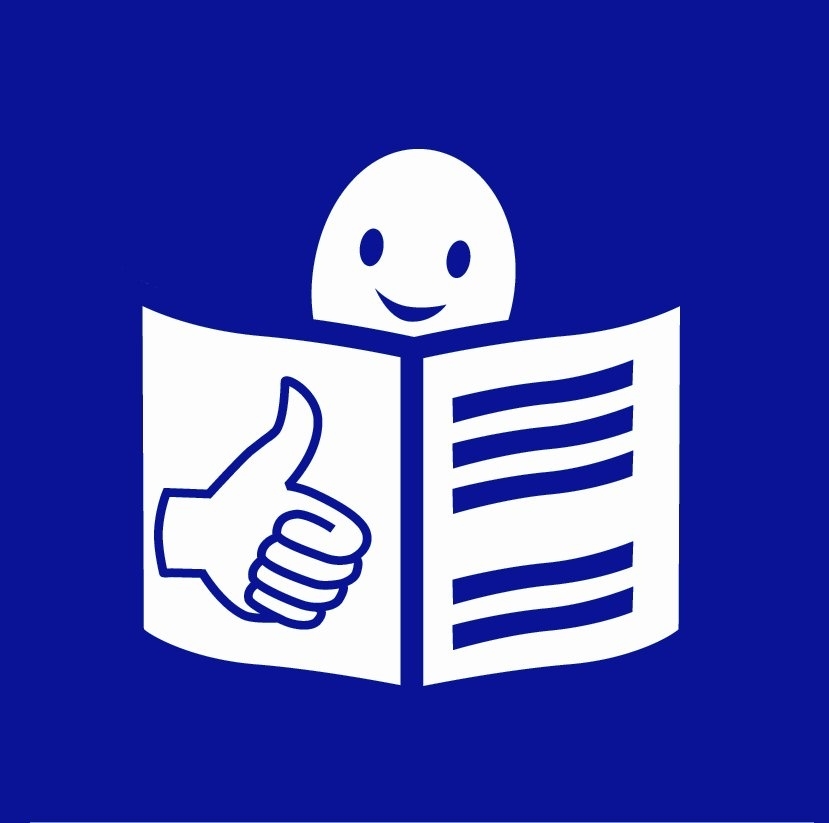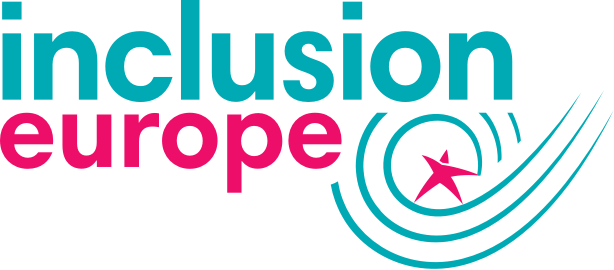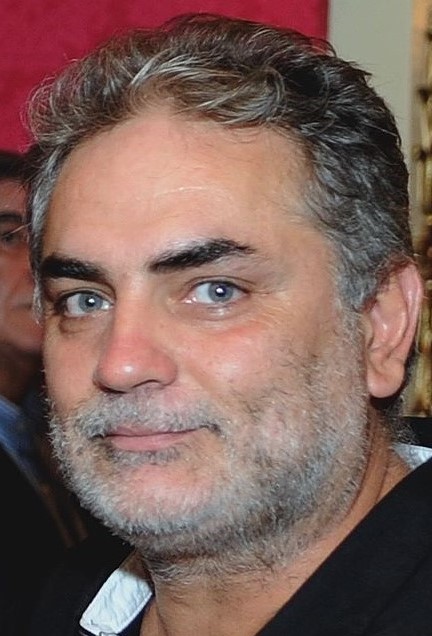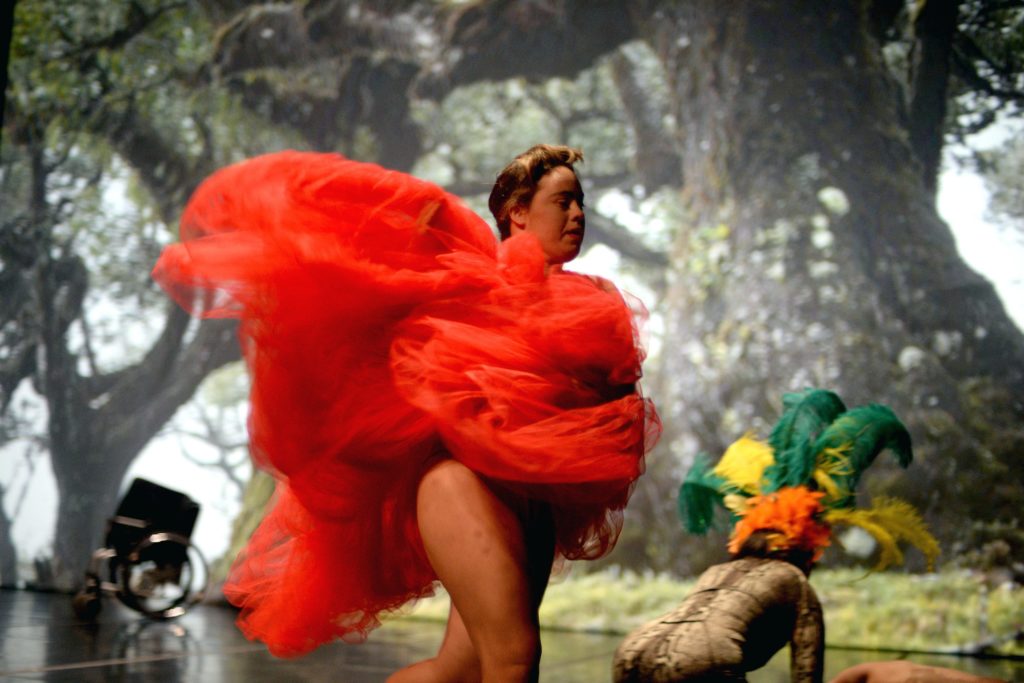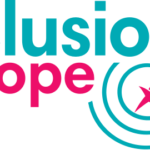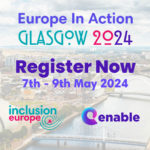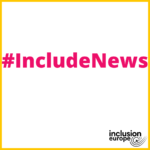#30yearsofInclusion – Inclusion Europe turns 30 in 2018!
To mark this year, we will be highlighting and celebrating inclusion in Europe in its various forms and practices – and the people behind it.
Every month we will present one person who has brought the Inclusion movement forward in Europe.
Our Inclusion Hero in September is Henrique Amoedo from Portugal.
Click here for the easy-to-read version
“Together we’ll make the difference” – this is the motto of “Dançando com a Diferença” (“Dancing with a difference”), an inclusive dance company that has gained recognition in Portugal, Brazil and beyond for its creative and ambitious productions. We interviewed its founder and artistic director, Henrique Amoedo.
How did you get the idea to form “Dançando com a Diferença”?
“Dançando com a Diferença” is actually not the first inclusive company I set up. In 1994, I had the opportunity of founding the first Brazilian professional dance company with a cast of people with disabilities!
When I was studying at the University of Lisbon, I received an invitation to work at the Regional Directorate for Special Education and Rehabilitation of the Autonomous Region of Madeira. This is an institution that assembles people working in the field of inclusive arts, from plastic arts to theatre and music. I was invited to teach dance workshops for people with disabilities there, as dancing was one of the disciplines that were still missing. I gave a series of workshops and finally was challenged to present a more long-term project. Challenge accepted! The pilot project started, and following a very promising 9-month long trial, a group of people emerged which would later become Dançando com a Diferença.
On our journey of growth, learning, and artistic exchanges, we have developed a repertoire with creations of the most important choreographers of Portugal. A repertoire of reference, important in the artistic scene, but mainly, important for us.
In addition to our own work, we are also trying to make the concept of Inclusive Dance which I developed known to a wider audience. We want to change the social perception of people with disabilities, and we’re aiming to promote inclusive casts with people with and without disabilities.
What has kept the project running? What support are you getting and what are the barriers?
We have received support and are still supported by a number of state institutions: on the national level, the Ministry of Culture; on the regional level, the Regional Government of Madeira, the Regional Education Secretariat for the development of integrated actions in pedagogy, and the Regional Directorate of Culture; and on the local level, municipalities such as the Municipality of Funchal.
Students’ parents and others also have supported us along the way. I think that we are seen as very credible due to the way we’re working: always focusing on the young people and adults with and without disabilities. They see us as a safe harbour.

A scene from the production Doesdicon
The greatest barriers are barriers in the minds of people: Above all, a very institutional understanding of how well inclusive projects with young people and adults with disabilities can work. Representatives of structures that could potentially fund or support us often want to see immediate results. But our work needs time and continued monitoring to be successful. Although we are able to balance the overall management and the projects, these circumstances pose a threat to the sustainability of our work, a work that in my opinion contributes a lot to the development of an inclusive society.
How do you choose the dancers that become part of the company?
We do not pick people in the way more traditional dance companies might do. “Dançando com a Diferença” is a space open to everyone, be it young people, adults or older people with or without disabilities. But there is a difference between taking part in our activities and becoming part of the ensemble.
The latter is subject to a selection process led by the artistic direction, where we look at how the aesthetic and artistic skills of each student have evolved. The choreographer who created a new piece for our repertoire is also involved: He or she is most suited to decide whose profile fits best their vision of the work to be developed. In this way, we have now formed an ensemble that is very international!
How long does it take to prepare a new piece? How often do the participants need to practice?
These questions are not easy to answer because many variables come into play. Generally speaking, it takes four to eight weeks to practice a new choreography. Of course, an important factor is the number of participants. We have had productions with 100 people involved. These are impossible to do with the original cast, but can be replicated in different locations. Endless, for example, a work that I created as part of a European project and that became part of our repertoire in 2012, has been performed on different occasions and at different places, most recently in the cities of Goiás (Brazil) and Viseu (in Portugal).
How do you rehearse a new choreography?
Actually, it works just like anywhere: When we prepare a new choreography, dancers discover their capacities, and ways of exploring their body and expressing themselves through it. Any dancer must always train and be able to take their body to the limits of their abilities. I like to say that we “gather the collection of our body’s library”: Different experiences are added up and become part of this collection to which all choreographers, in addition to the dancers themselves, can have access to during the creative process.
Obviously, we must take into account that experiences can be assembled to different levels and at different times. We should see these differences as something positive.
What has been your favourite piece so far?
This is a difficult question! My favourite piece is one that touches me, that makes me experience sensations and emotions.
I believe that if we reach the audience in this way, we can initiate change. In the specific case of inclusive dance, which intends to alter the social perception of people with disabilities, we will not be able to achieve this goal if we don’t manage to strike a chord with the audience, either positively or negatively.
So how does the audience react to the pieces of Dançando com a Diferença?
Of course, it depends on the respective piece, but in general, I can describe it as “wanting to be close”. After watching our shows, the members of the audience like to talk to us, to be around, and tell us about their impressions.
We have performed very emotional works, such as the choreography Menina da Lua (Moon girl, 2003), which I wrote together with Barbara Matos. I think that because of the characteristics of this choreography, where we can see a maximum of proximity between the performers, afterwards we can really feel the audience’s emotions and their affection towards the performers. The magic of art is exactly this: being able to reach people in different ways.
What are your plans for the future?
We are working on bringing our latest creation, Happy Island, onto an international stage. It is a creation in collaboration with La Ribot Cie. We hope to reach new audiences and tour different countries with this new work. Currently, we are still in the process of negotiating with different partners, so at the moment I cannot speak in more concrete terms.
One of my plans is also to strengthen the training part of our work. We want to train professionals so that the concept of inclusive dance and our methodology can be replicated in other places. Dançando com a Diferença at the Viriato Theatre in the Portuguese town of Viseu will become our training centre. We need to work to promote this idea and raise awareness of all its possibilities. It is an ambitious plan and we need to bring together many partners to ensure its viability.
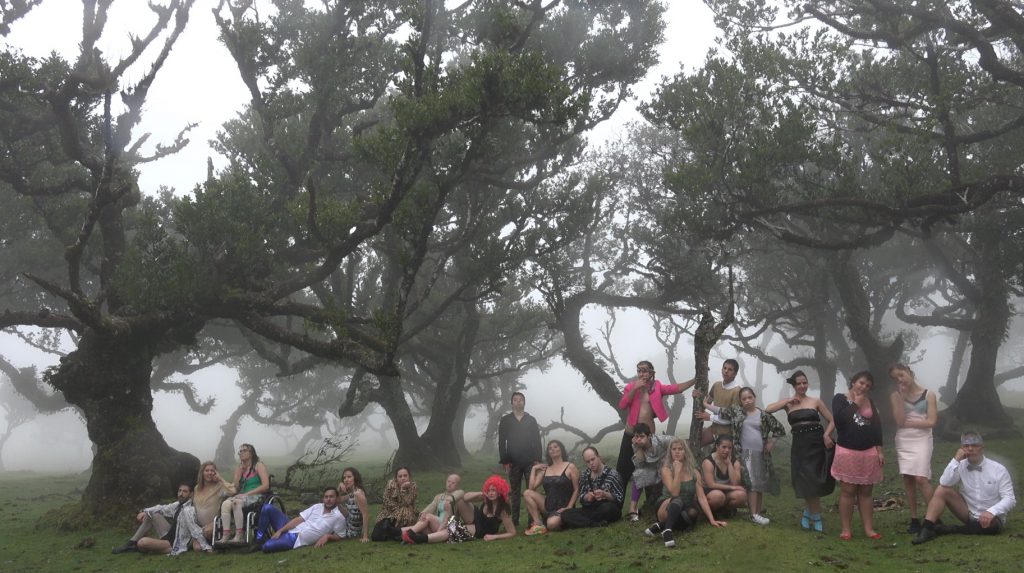
The cast of Happy Island
Our Inclusion Heroine of August was Maribel Cáceres, who fought to regain her right to vote:
“It is totally worth the trouble!”
Our Inclusion Hero of July was Charles, a young man from France:
“Charles – a young man challenging preconceptions”
Our Inclusion Hero of June was Hendrik Jan Menninga, a “UN ambassador”:
“We make sure that the UN CRPD is not just a piece of paper”
Our Inclusion Hero of May was Sami Helle, a musician, self-advocate and politician:
“I chose what felt good. You see: I love music!”
Our Inclusion Hero of April was Gerhard Furtner, the managing director of a company that employs people with learning disabilities:
“This type of inclusion should catch on everywhere in Europe”
Our Inclusion Heroine of March was Dana Migaliova, a mother of a son with intellectual disabilities and president of our Lithuanian member Viltis:
“Parents no longer have to hide their children”
Our Inclusion Heroine of February was Irish actress & musician Aimée Richardson:
“More roles must be written for people with intellectual disabilities!”
Our Inclusion Heroine of January was self-advocate Elisabeta Moldovan from Romania:
“I experienced a lot of abuse in institutions. I wanted to change this situation for others.”

Easy-to-read version
Click on a word which is in bold to read what it means.
“In Portugal there’s an inclusive dance company
where people with and without disabilities
dance together”
“Dançando com a Diferença” is the name
of a dance company.
This is Portuguese.
It means “Dancing with a difference”.
This dance company is inclusive.
Inclusive means that
people without disabilities
and people with disabilities
work there together.
The company is well-known
in countries such as
Portugal and Brazil.
We talked to the founder and director
of the dance company,
Henrique Amoedo.
How did you get the idea
to start an inclusive dance company?
When I was younger,
I was studying at the university in Portugal.
I also worked at a place
where people created
inclusive forms of art.
There, I was giving some dance lessons
to people with disabilities.
Then I started a bigger dance project.
That was in 1994.
Some of the participants of this bigger project
later on joined my dance company
“Dancing with a difference”.
We have done shows
created for us
by famous Portuguese dancers.
We also want to make
inclusive dance
more known among people.
We people to understand
that persons with disabilities can dance
and put on beautiful shows.
What support do go get
for the inclusive dance company?
We get some money from the government of Portugal,
and also from regional and local governments.
Families of the dancers
and other people
have helped us, too.
A lot of people trust us and
like our work,
because we are a safe place
where people with and without disabilities
can learn to dance.
Our dancers need more time than other people
to prepare the shows.
Sometimes people do not understand this
and think we are wasting time.
This is why some offices
don’t want to give us money.
I think that is wrong.
Our work is very important.
How did you choose the dancers in your company?
We did not choose them
the same way as other dance companies.
Everybody can take part in our activities,
people with and without disabilities.
Some of the people
become also part of the group that make the show.
We look at how a person dances
and see if they fit well into the group.
In our dance company
there are people
from different countries.
How long does it take
to prepare a dance show?
How many times a week
do the dancers train?
Most of the times,
it takes 1 or 2 months
to prepare a new show.
The number of dancers
can change.
If there are a lot of dancers in the show,
it is harder to put on the show
in different cities.
Then we do not always work with the same dancers,
but with different dancers in different cities.
How do the dancers practice for a new show?
It is like everywhere else.
The dancers need to get to know their own body.
Then they can find out what they can do with it.
What is your favourite piece?
I do not have a favourite piece.
But this is our goal:
our shows are made to change peoples’ ideas
about people with disabilities.
We want them to understand
what people with disabilities can do.
I think that there is a way to reach this goal:
we need to use feelings.
I want our shows to make the people
who come to watch us
feel something.
For example, joy, happiness,
or also fear or anger.
When they feel something,
it makes it easier for them
to change their minds
about people with disabilities.
What are your plans?
We are now working on a
new play called “Happy Island”.
It will involve a lot of dancing and moving.
I hope that many new people
will come to see this new show.
I would like to build up a training programme
for professionals.
In this way, other people will be able
to also teach inclusive dance.
We need to work a lot
so people will know about us.
To continue our work,
we need to look for new people
who are interested in what we do.
